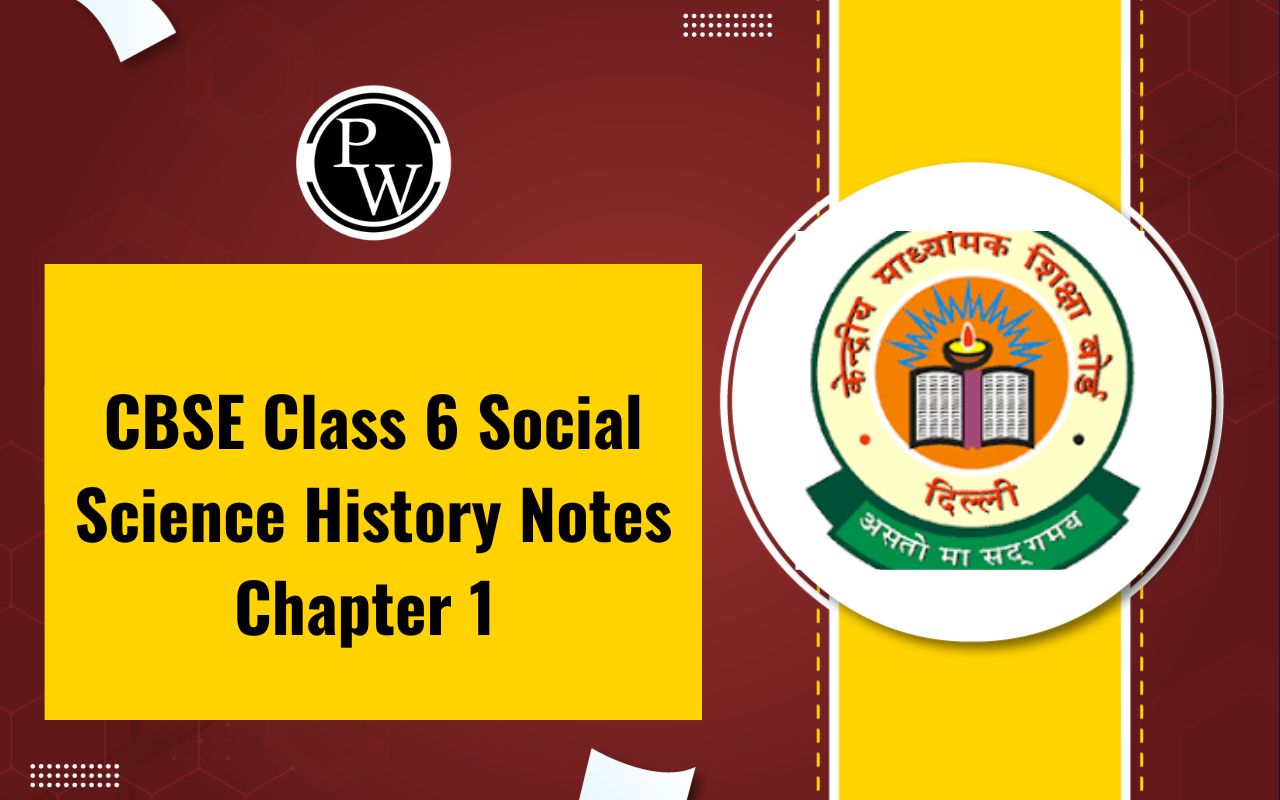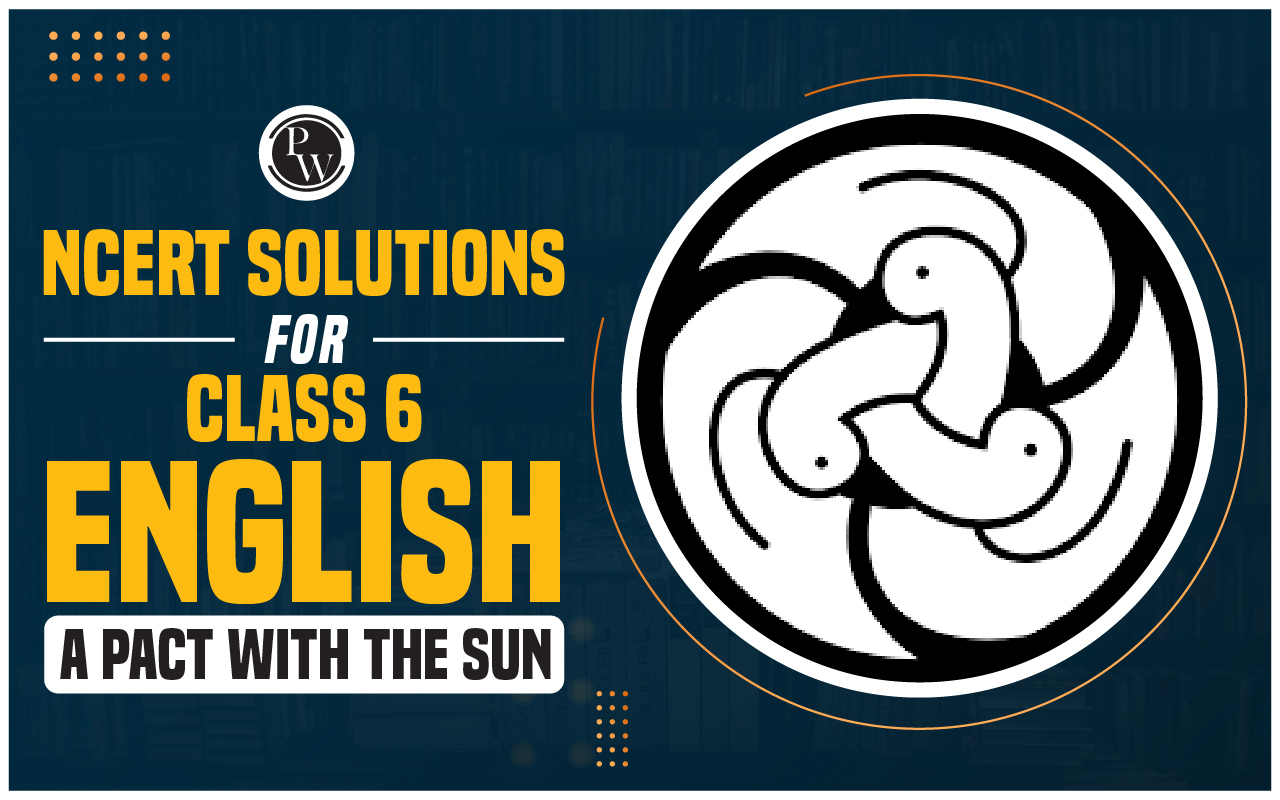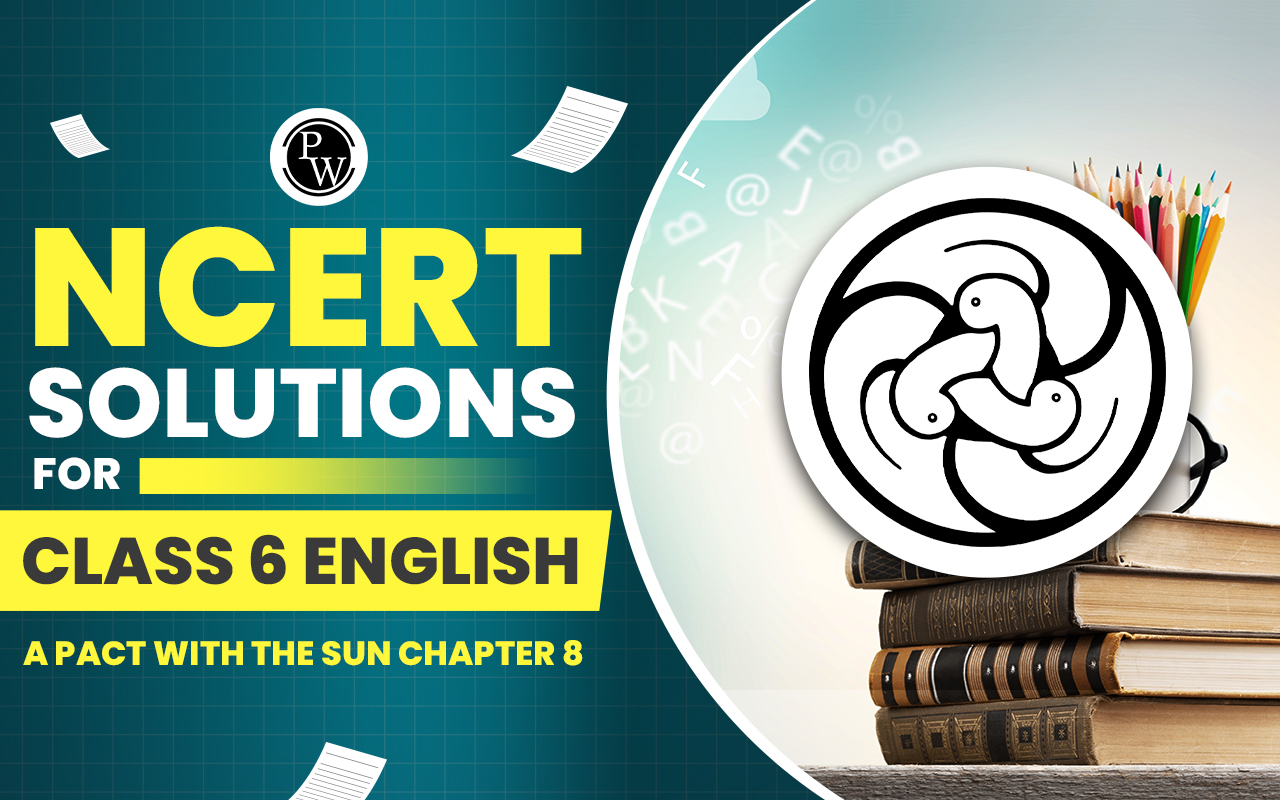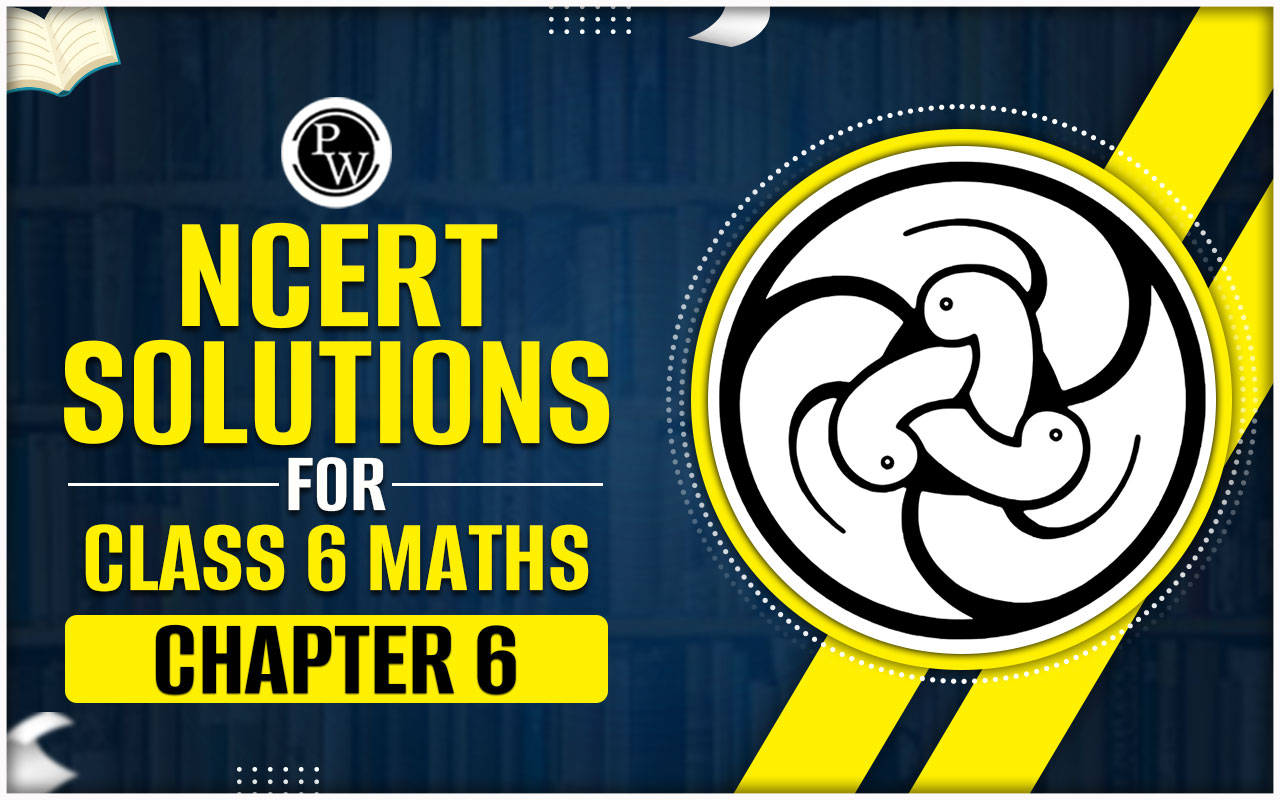

CBSE Class 6 Social Science History Notes Chapter 1: In the first chapter of Class 6 Social Science History students learn the fundamental concepts of historical study. The chapter explain how historians investigate the past through various sources such as manuscripts, inscriptions and archaeological finds.
It explains the importance of understanding timelines and geographical features in piecing together historical events. Students learn about the different types of evidence used to study history and how these sources help us understand the lives and societies of ancient civilizations. This foundational knowledge sets the stage for exploring more detailed historical topics in subsequent chapters.CBSE Class 6 Social Science History Notes Chapter 1 Overview
Finding Out About the Past
To uncover details about our past, historians and archaeologists use a variety of sources. One key method is through manuscripts , which are ancient handwritten books. These manuscripts were typically written on palm leaves or the bark of the birch tree, which grows in the Himalayas. They cover a broad range of topics, including religious beliefs, royal lives, medicine, science, as well as epics, poems, and plays. Another significant source is inscriptions , which are writings carved into hard surfaces such as stone or metal. Historically, inscriptions were used by kings to communicate their orders and achievements, including records of battles and other notable events. These inscriptions provide valuable insights into historical governance and significant occurrences.Archaeologists play a important role in studying the past by examining physical remnants such as buildings, paintings, sculptures, and everyday objects like tools, weapons, pots and ornaments. They also analyze animal bones to understand the diets of ancient peoples.
Historians refer to the information gathered from manuscripts, inscriptions and archaeological findings as sources . By piecing together these sources, historians and archaeologists act as detectives, unraveling the mysteries of our past and making the study of history an adventurous journey.One Past or Many?
The title of the book, Our Pasts – I , emphasizes that history encompasses multiple perspectives and experiences. The term "pasts" in the plural form highlights that different groups of people experienced history in varied ways. For example, the lifestyles of herders and farmers were distinct from those of kings and queens, and merchants had different experiences compared to craftsmen. This diversity in historical experiences is also evident today, as people across different regions continue to follow unique practices and customs.Archaeology often focuses on the records kept by more prominent figures, like kings, who documented their victories and battles. Ordinary people, however, typically did not leave behind such records, making it challenging for archaeologists to learn about their daily lives.
What Do Dates Mean?
Dates in historical records are often counted from the birth of Jesus Christ. Years before this event are denoted with BC (Before Christ), while years after are counted forward from this point. In the context of this book, dates are referred to relative to the year 2000, with years noted as '2000' representing 2000 years after the birth of Christ. This system helps place historical events within a chronological framework that is easier to understand.Important Questions and Answers of CBSE Class 6 Social Science History Notes Chapter 1
Here are the important questions and answers of Chapter 1 for Class 6 students:Q. 1. What do you mean by dates?
Ans - Dates help us keep track of time. We count years based on the birth of Jesus Christ, who started the Christian religion. For example, 2021 means it’s 2021 years after Jesus was born. Before Jesus was born, we count years backward and add "BC," which means "Before Christ." After Jesus' birth, we use "AD," which stands for "Anno Domini," meaning "in the year of the Lord" (another name for Christ).
Q.2. Write a short note on inscriptions.
Ans - Inscriptions are old writings carved into hard surfaces like stone or metal. These writings often tell us about kings and their victories or important events. Archaeologists find these inscriptions and use a special method called decipherment to read and understand them. Sometimes, these inscriptions were pictures that showed what people were thinking or doing.
Q.3. Write a short note on manuscripts.
Ans - Manuscripts are old books written by hand. The word "manuscript" comes from Latin and means "written by hand." These books were usually written on palm leaves or special tree bark from the Himalayas. Unfortunately, many manuscripts were lost or damaged over time because they were not well preserved. The Indus Valley Civilization had its own special writing, called the Harappan script, but many of those manuscripts are lost.
Q.4. What do you mean by numismatics?
Ans - Numismatics is the study of coins and money. This includes old coins, tokens, and paper money. By studying these, we can learn about the past, like how people traded and what kinds of coins were used. For example, in the Indus Valley Civilization, people used different kinds of coins to buy and sell things. Looking at these coins helps us understand more about history.
Q.5. Write a short note on Indus Valley Civilization.
Ans - The Indus Valley Civilization was one of the world's earliest civilizations, along with ancient Egypt and Mesopotamia. It existed between 3300 BC and 1300 BC in what is now Pakistan and northwest India. This civilization thrived along the Indus River and had two major cities, Harappa and Mohenjo-Daro. Other important places included Dholavira and Lothal, which was a major port. They were good at farming, and Kalibangan was an important farming center.
Benefits of CBSE Class 6 Social Science History Notes Chapter 1 What, Where, How and When?
- Foundational Knowledge : This chapter introduces students to basic concepts about historical time and place, helping them understand how historians and archaeologists study the past. It lays the groundwork for exploring more complex historical topics.
- Comprehension of Historical Methods : By learning about different methods for finding out about the past, such as reading ancient manuscripts and studying inscriptions students grasp how historical information is gathered and interpreted.
- Chronological Awareness : Understanding the concepts of dates and time (BC and AD) helps students develop a sense of chronological order, which is essential for organizing and relating historical events.
- Cultural Insights : The chapter highlights how different cultures have contributed to our understanding of history. It helps students recognize the diversity of historical experiences and cultural practices.
- Enhanced Historical Skills : The notes encourage critical thinking and analytical skills as students learn to interpret historical sources and evidence. This improves their ability to engage with historical content in a meaningful way.
- Preparation for Future Topics : As students progress to more advanced topics in history, the foundational knowledge from this chapter will help them understand and connect with more complex historical narratives and concepts.
CBSE Class 6 Social Science History Notes Chapter 1 FAQs
How do historians and archaeologists find out about the past?
What are manuscripts, and why are they important?
What are inscriptions, and how do they help us understand history?
How are dates used to understand history?
What does "BC" and "AD" stand for?











